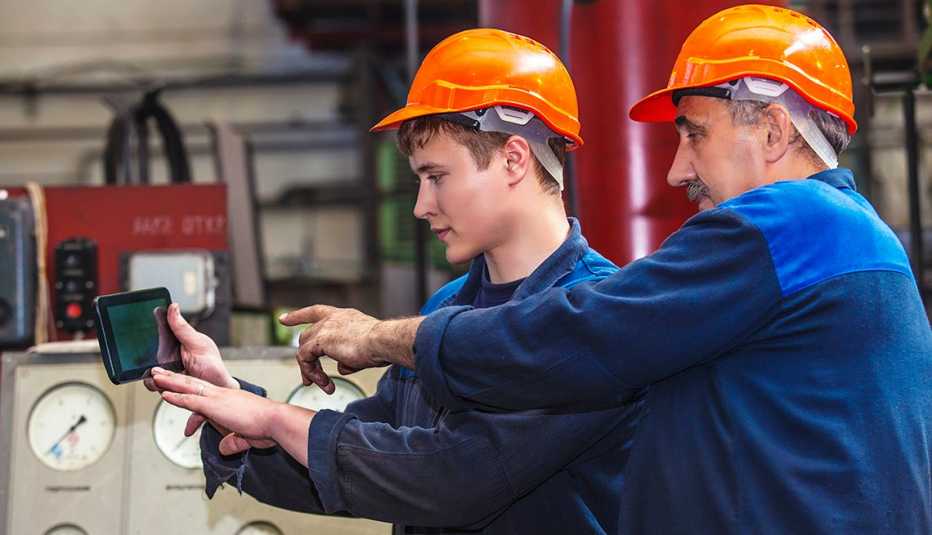AARP Hearing Center
When you’re struggling to land a job, age discrimination can seem like a problem too big to solve. You can’t change how old you are, and — unless you get hired — you also might not be able to convince employers that age shouldn’t matter.
According to an AARP survey, 62 percent of older workers say they have either seen or experienced age discrimination on the job. That bias has a broad impact. At the national level, age discrimination already costs the economy an estimated $850 billion per year. As older adults become a larger share of the nation’s overall pool of workers, based on U.S. Bureau of Labor Statistics projections, building an inclusive, multigenerational workforce isn’t just a marketing tool: It’s a necessity. The truth is that age discrimination hurts everyone, especially employers.
The good news, if you’re an older job seeker, is that you won’t have to convince employers about the value of experienced workers all by yourself. For more than 10 years, hundreds of businesses have joined AARP’s Employer Pledge Program, voicing their commitment to age diversity. In 2021, companies that have signed the pledge employed more 1 million people nationwide. As those numbers continue to grow, the opportunities for older workers will continue to grow.
Helping employers take action
Studies show that many business leaders understand the value of experience and genuinely want to do the right thing. Age-diverse teams tend to have higher rates of employment stability, engagement and motivation, which often translate to higher profitability for businesses. RLA Conservation founder Rosa Lowinger shared her personal experience:
“You really get something immeasurable from an [older] employee who has experience. More than just their ability, and their skills and the wisdom that comes with experience. As an employer, you’re always wondering how much [workers] really understand that you want to do the right thing for them. And every time I have hired someone who is older than 50, they get it, because these are people that have worked in a lot of other places, and they know what it’s like to work in a good place.”
While over 70 percent of employers want to build age-friendly workplaces, over 95 percent of those polled don’t know how, according to research by the Organization for Economic Co-operation and Development. The fact is age discrimination often occurs unconsciously and can continue unless ending bias becomes an area of focus and awareness.

































































